Richard Jackson
Biomedical NER for the Enterprise with Distillated BERN2 and the Kazu Framework
Dec 01, 2022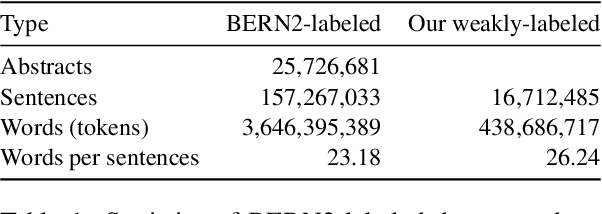
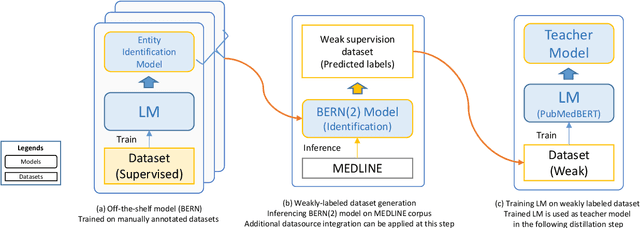
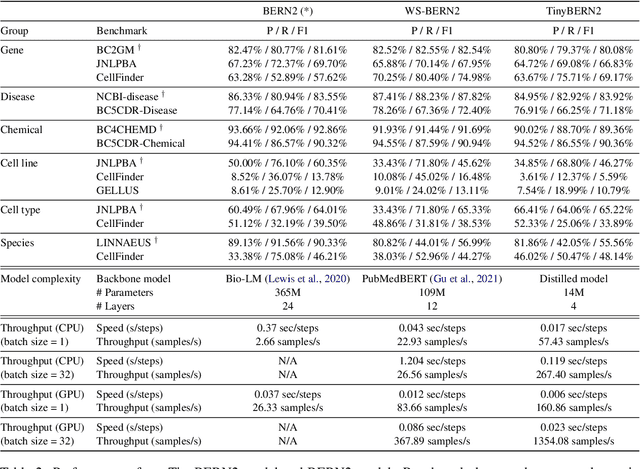
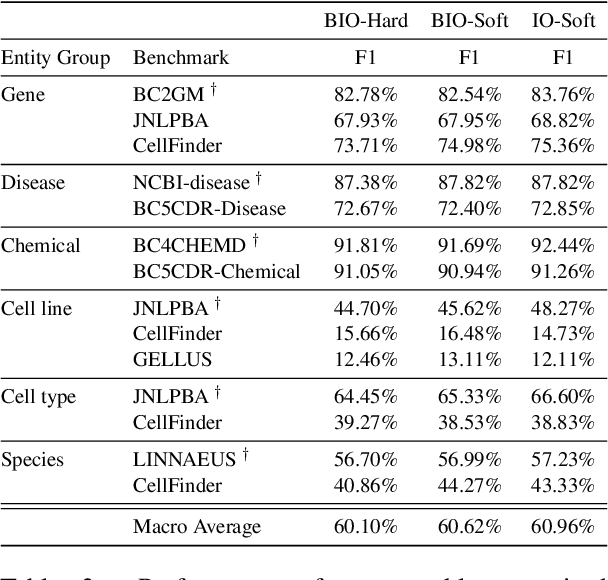
Abstract:In order to assist the drug discovery/development process, pharmaceutical companies often apply biomedical NER and linking techniques over internal and public corpora. Decades of study of the field of BioNLP has produced a plethora of algorithms, systems and datasets. However, our experience has been that no single open source system meets all the requirements of a modern pharmaceutical company. In this work, we describe these requirements according to our experience of the industry, and present Kazu, a highly extensible, scalable open source framework designed to support BioNLP for the pharmaceutical sector. Kazu is a built around a computationally efficient version of the BERN2 NER model (TinyBERN2), and subsequently wraps several other BioNLP technologies into one coherent system. KAZU framework is open-sourced: https://github.com/AstraZeneca/KAZU
Sequence Tagging for Biomedical Extractive Question Answering
Apr 15, 2021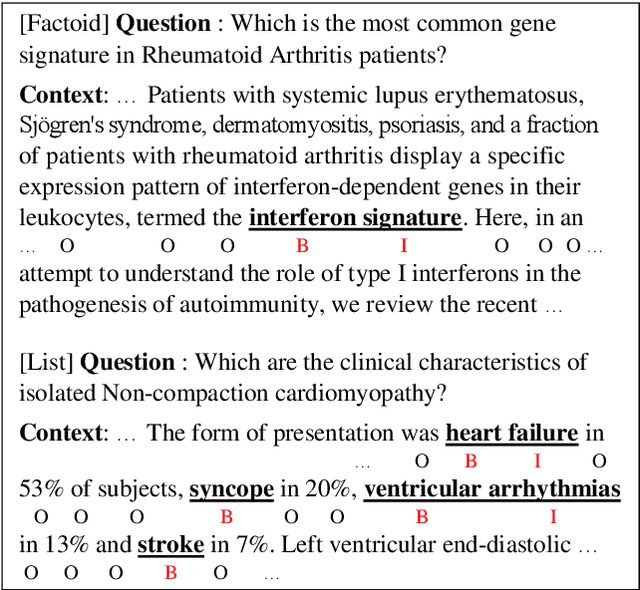
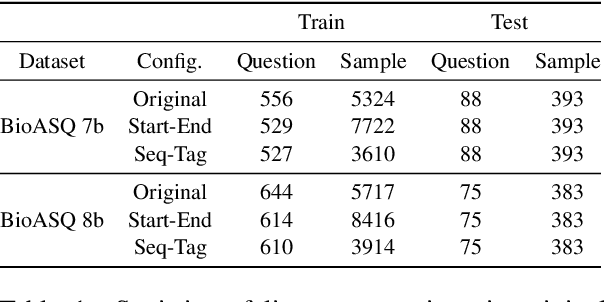
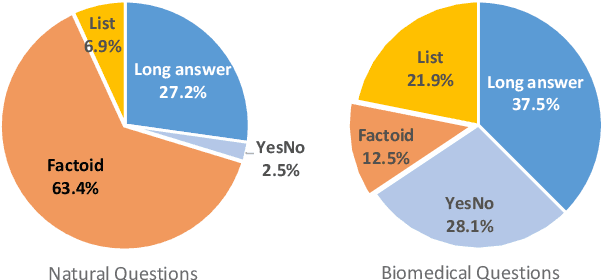

Abstract:Current studies in extractive question answering (EQA) have modeled single-span extraction setting, where a single answer span is a label to predict for a given question-passage pair. This setting is natural for general domain EQA as the majority of the questions in the general domain can be answered with a single span. Following general domain EQA models, current biomedical EQA (BioEQA) models utilize single-span extraction setting with post-processing steps. In this paper, we investigate the difference of the question distribution across the general and biomedical domains and discover biomedical questions are more likely to require list-type answers (multiple answers) than factoid-type answers (single answer). In real-world use cases, this emphasizes the need for Biomedical EQA models able to handle multiple question types. Based on this preliminary study, we propose a multi-span extraction setting, namely sequence tagging approach for BioEQA, which directly tackles questions with a variable number of phrases as their answer. Our approach can learn to decide the number of answers for a question from training data. Our experimental result on the BioASQ 7b and 8b list-type questions outperformed the best-performing existing models without requiring post-processing steps.
 Add to Chrome
Add to Chrome Add to Firefox
Add to Firefox Add to Edge
Add to Edge